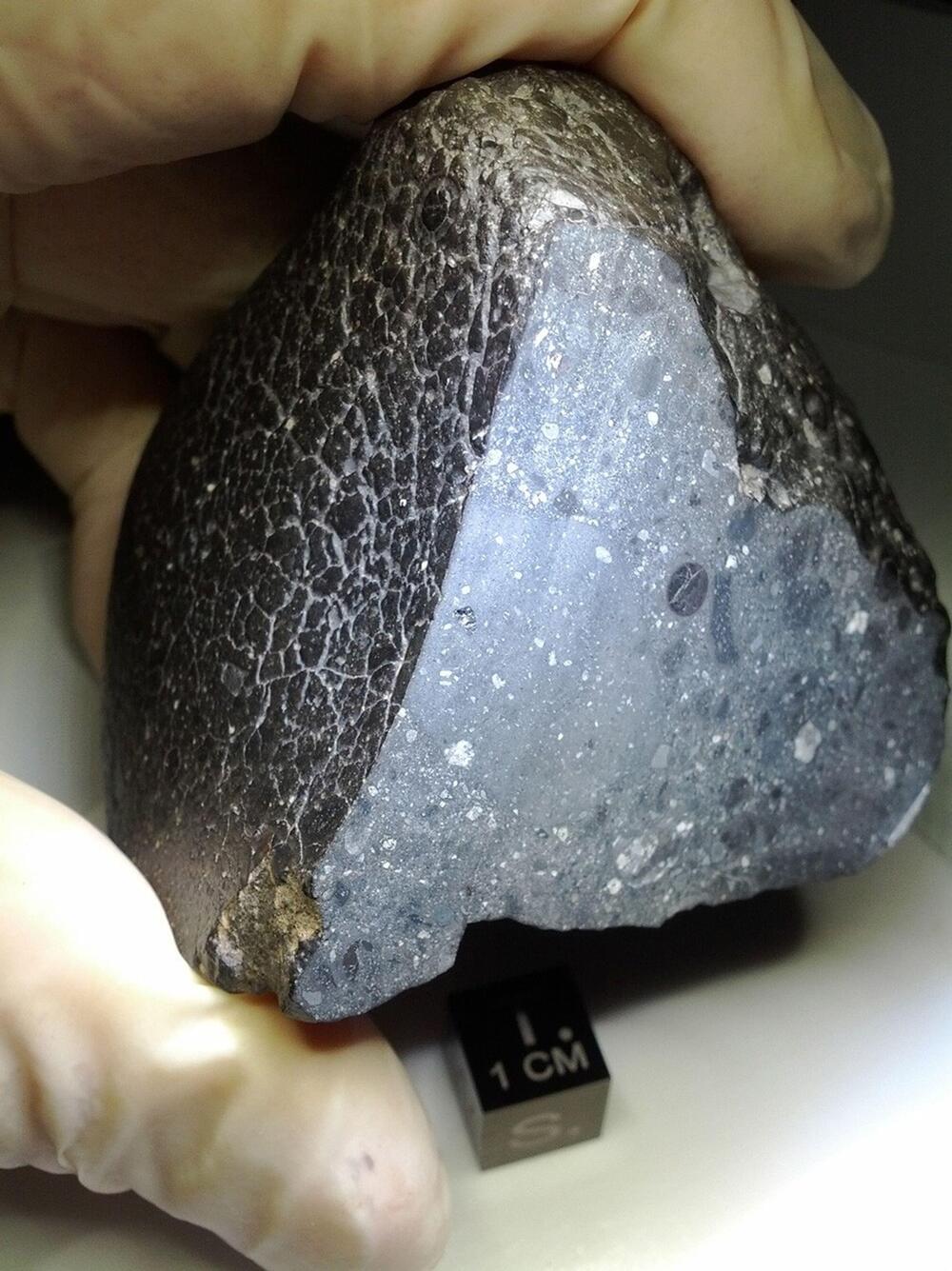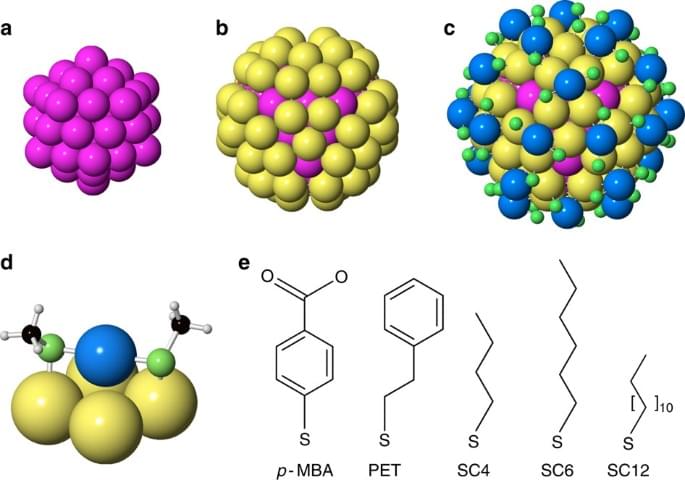Chaperones are molecular machines that help proteins in the cell fold into their proper shape. Among them, UNC45 plays a critical role in muscle health by ensuring the proper function of myosin, a key protein essential for muscle movement. UNC45 manages this by directing damaged myosin to degradation pathways while guiding correctly folded myosin toward assembly. Researchers from Tim Clausen’s lab at the IMP have uncovered the mechanisms behind this process, providing new insights into how disruptions in myosin quality control can lead to serious muscle disorders. Their findings have been published in Nature Communications.
Muscle movement relies on the interaction between two key proteins: actin and myosin. These proteins slide past each other to generate the force needed for movement. For this process to work efficiently, actin and myosin must be precisely organized within the sarcomere, the basic structural and functional unit of muscle cells. This arrangement is crucial for maintaining muscle health, particularly during exercise, periods of stress, and as the body ages.
To ensure proteins achieve their correct shape, cells use specialized molecular assistants called chaperones. These chaperones act as caretakers, helping proteins fold and assemble correctly. For myosin, which makes up about 16% of the total protein in muscle cells, proper structure is especially important. One critical chaperone for this task is UNC45, found in all eukaryotic organisms. Identified through genetic studies, UNC45 plays a vital role in shaping myosin and preserving the integrity of the sarcomere. The importance of UNC45 is evident in severe muscle disorders, known as myopathies, which can result from mutations in the UNC45 gene.






